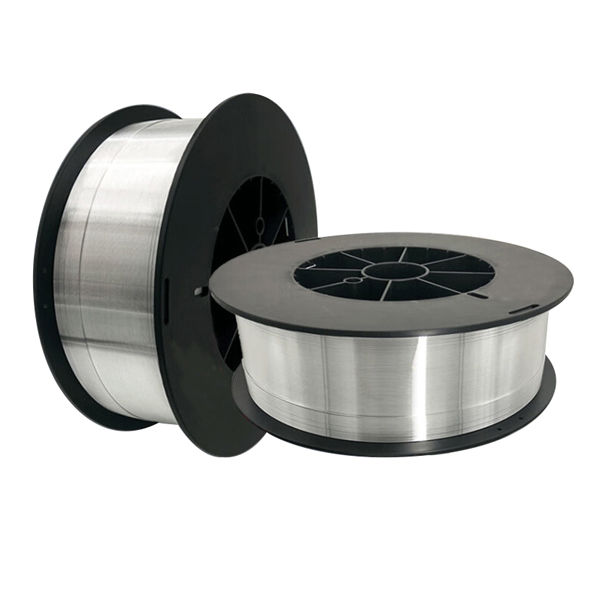

| Quantity: 1 Tons |
| Diameter: 1.2~3mm |
| Length: 1000mm |
| Material: Aluminum Alloy |

Aluminum Alloy Welding Wire
Aluminum alloy welding wire is a consumable filler material used in the welding of aluminum and its alloys. Welding aluminum presents some unique challenges compared to other metals due to its high thermal conductivity and oxide layer that forms quickly upon exposure to air. This oxide layer can inhibit the formation of a strong weld.
Aluminum alloy welding wire is designed to address these challenges and ensure proper weld quality. Here are some key points to consider:
Alloy Composition: Aluminum welding wires are available in various alloy compositions, each designed for specific applications. The choice of alloy depends on factors such as the base metal being welded, the intended application of the weld, and desired mechanical properties of the joint.
Wire Diameter: Welding wires come in different diameters, and the choice of diameter depends on the thickness of the base metal and the welding process being used. Thicker wires are used for heavier applications, while thinner wires are suitable for thinner materials.
Shielding Gas: Aluminum welding typically requires the use of a shielding gas, such as argon, helium, or a mixture of both (often referred to as "argon-helium blend"). The shielding gas protects the molten weld pool from atmospheric contamination and helps to prevent the formation of a thick oxide layer during welding.
Welding Processes: Common welding processes used for aluminum include TIG (Tungsten Inert Gas) welding and MIG (Metal Inert Gas) welding. TIG welding uses a non-consumable tungsten electrode and manually fed filler wire, while MIG welding uses a continuously fed spool of welding wire. Each process has its advantages and is suitable for different applications.
Preparation and Cleaning: Proper surface preparation is crucial for successful aluminum welding. The oxide layer should be removed by cleaning, brushing, or using a suitable chemical cleaner before welding. This ensures proper fusion and reduces the risk of defects in the weld.
Welding Techniques: Welding aluminum requires a steady hand and precise control of the heat input. Techniques such as weaving the torch in a controlled manner can help distribute heat evenly and prevent overheating.
Post-Weld Treatment: After welding, post-weld treatments like heat treatment or stress relief might be necessary depending on the specific alloy and application.
Chemical Composition (weight percent, %)

BACK TO TOP